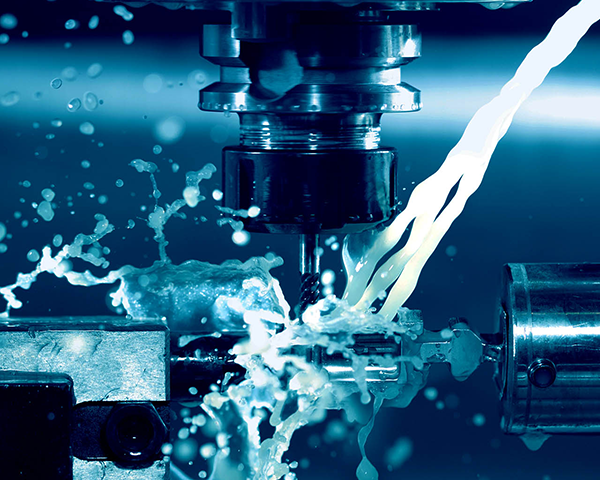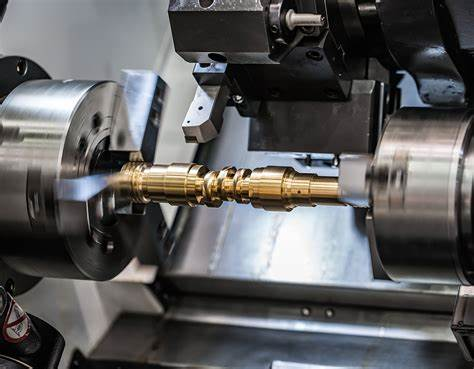Introduction to Injection Molding
Injection molding is also known as injection molding, which is a kind of injection and molding method. The advantages of injection molding method are fast production speed, high efficiency, automatic operation, variety of colors, simple to complex shapes, large to small sizes, accurate product sizes, easy to update products, and the ability to form complex shaped parts, injection molding is suitable for mass production and complex shaped products and other molding processing fields.
History Of Injection Molding
In 1868, Hyatt developed a plastic material that he named celluloid. CELULU had been invented by Alexander Parkes in 1851. Hyatt improved it so that it could be processed into finished shapes. Hyatt, together with his brother Isaiah, registered the patent for the first plunger injection machine in 1872. This machine was relatively simple compared to the machines used in the 20th century. It operated basically like a giant hypodermic needle. This giant needle (diffuser cartridge) injected plastic into the mold through a heated cylinder. World War II in the 1940s created a huge demand for inexpensive, mass-produced products. In 1946, American inventor James Watson Hendry built the first precision injection molding machine, which allowed for more precise control of injection speed and quality of the items produced. This machine also allowed materials to be mixed prior to injection so that colored or recycled plastics could be thoroughly mixed for injection into virgin material. 1951 saw the development of the first screw injection machine in the United States, which was not patented, and this device continues to be in use. In the 1970s, Hendry went on to develop the first gas-assisted injection molding process and allowed the production of complex, hollow products that cooled quickly. This greatly increased design flexibility as well as the strength and endpoint of manufactured parts while reducing production time, cost, weight and waste.
- A Guide to CNC Prototype ManufacturingSeptember 1, 2023What is CNC Prototype Manufacturing?CNC prototype manufacturing is a type of prototype manufacturing that uses Computer Numerical Control (CNC) machines to create physical prototypes of products. CNC ...view
- What is the Tolerance of a 5 Axis CNC Machine?September 19, 2023What is 5 Axis CNC Machining?5 axis CNC machining is a type of computer-controlled machining that uses five axes of motion to cut and shape materials. The five axes allow for greater flexibility and p...view
- Automotive Evolution: Enhancing Vehicle Design with Urethane Casting ServicesJanuary 5, 2024The world of automotive design has continuously evolved to meet the demands of consumers seeking high-performance vehicles. In recent years, urethane casting services have emerged as a vital tool for ...view
- What Is Pressure CastingFebruary 27, 2023Introduction to Pressure CastingPressure casting is a casting method in which molten or semi-molten metal is pressed into the metal casting mold at high speed and crystallized under pressure, referred...view
- Efficiency Redefined: The Impact of High Precision Tools in IndustriesJanuary 5, 2024In the ever-evolving landscape of industrial manufacturing, the pursuit of efficiency is paramount, and at the core of this quest lies the transformative impact of high precision tools. These sophisti...view
- Unlocking the Benefits: Urethane Casting Service ExplainedOctober 27, 2023In the world of rapid prototyping and low-volume production, urethane casting has emerged as a versatile and cost-effective method. Urethane casting services offer a wide array of benefits that can re...view




